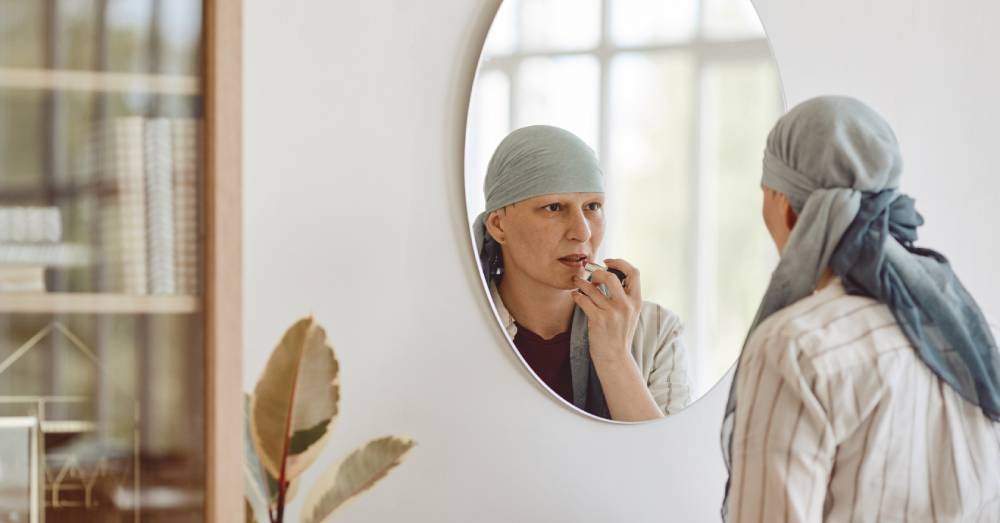U.S. breast cancer death rates decreased by about 1% per year between 2013 and 2018. What were the new case rates during that same stretch? The U.S. Centers for Disease Control and Prevention recently shared an update.
In a Morbidity and Mortality Weekly Report released in January 2022, the CDC said that annual breast cancer incidence was down an average of 0.3% per year between 1999 and 2018 in women aged 20 and older. That included a decrease of 2.1% per year from 1999 through 2004, and an increase of 0.3% per year following that. Women under the age of 40 saw consistent increases, however, while women between the ages of 50 and 64, as well as those 75 or older, saw consistent stabilization or decreases.

The report says, “These findings suggest that women aged 20–49 years might benefit from discussing potential breast cancer risk and ways to reduce risk with their health care providers.”
There were also case rate differences by race, with incidence increasing in non-Hispanic Pacific Islander women, as well as in non-Hispanic American Indian and Alaska Native women in their 40s. For non-Hispanic white women, who have the highest case rate overall, incidence went from 198 to 186.5 per 100,000 population. Non-Hispanic Black and Hispanic women under 50, meanwhile, saw relatively stable numbers.
In addition to incidence, screening rates also differed by race.

The report notes, “From 2008 to 2015, breast cancer screening increased slightly among Hispanic women but declined among other groups, including >10% in some groups, including Asian women. The U.S. Preventive Services Task Force recommends that women aged 50–74 years who are at average risk for breast cancer get a mammogram every two years. Women aged 40–49 years, particularly those who have a known first-degree relative with breast cancer, should talk to their physician or other health care professionals about starting screening with mammography.”
The CDC also touched on factors linked with an increased risk of breast cancer. Those include physical inactivity, alcohol use, and excess body weight. The report noted that in 2017-2018, nearly 40% of American women between 20 and 39 years of age were obese, compared with about 20.7% of women between 1988 and 1994. Those numbers were similar for older women.
Some forms of hormone replacement therapy taken during menopause can raise breast cancer risk if taken for five or more years, as well.

The authors of the report highlighted some limitations of the study, including that numbers by race and ethnicity could be biased if there was a misclassification of these demographics. Delays in reporting could also lead to an underestimation of cases.
If you’d like to read the CDC report, click here.
